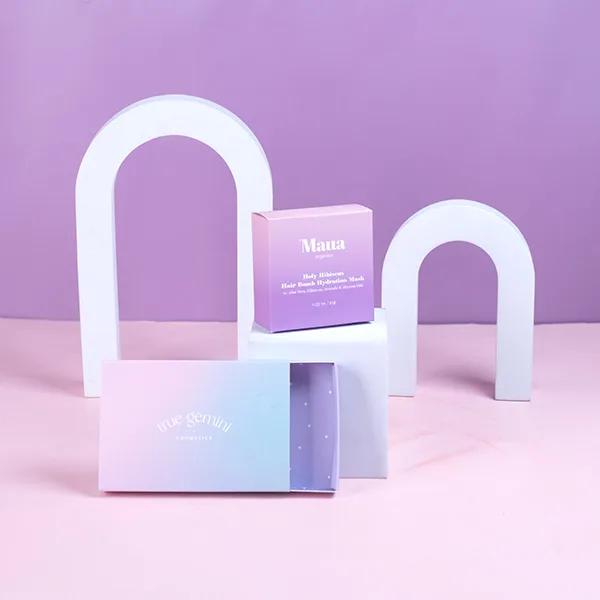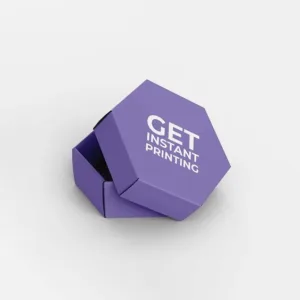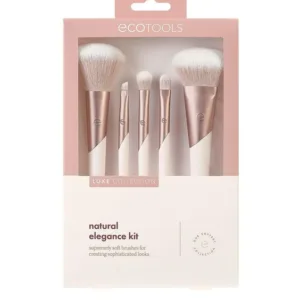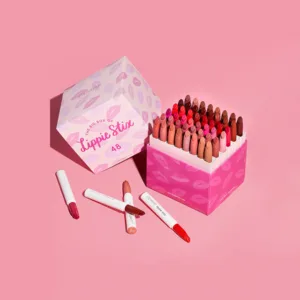Personal Care Packaging
Innovative packaging solutions designed for beauty, hygiene, and grooming products.
Personal Care Packaging: An In-Depth Look
Introduction to Personal Care Packaging
Personal care packaging encompasses the containers and materials used to protect, display, and distribute products related to personal hygiene, grooming, and beauty. This category includes a wide array of products such as cosmetics, skincare, haircare, and oral care items. The packaging not only serves a functional role in safeguarding the product’s integrity but also plays a significant part in marketing and consumer engagement.
Importance of Personal Care Packaging
Protection and Preservation
The primary function of personal care packaging is to protect the product from contamination, degradation, and damage. High-quality packaging ensures that the contents remain effective and safe for use over their intended shelf life. This is particularly important for products with active ingredients that can deteriorate if exposed to air, light, or moisture.
Marketing and Branding
Packaging is a crucial element of a brand’s identity. It communicates the brand’s values, attracts attention on the retail shelf, and influences purchasing decisions. Attractive and innovative packaging designs can differentiate a product in a crowded market, making it more appealing to consumers. The visual and tactile elements of packaging contribute significantly to the overall consumer experience.
Sustainability
With growing environmental concerns, sustainability in packaging has become a major focus. Brands are increasingly adopting eco-friendly materials and practices, such as biodegradable plastics, recyclable materials, and reduced packaging waste. Sustainable packaging not only appeals to environmentally conscious consumers but also helps in reducing the ecological footprint of the products.
Types of Personal Care Packaging
Bottles and Tubes
Bottles and tubes are commonly used for liquid and semi-liquid products like shampoos, conditioners, lotions, and creams. They are typically made from plastic, glass, or aluminum. Tubes, often made from flexible plastics or laminated materials, are particularly popular for products like toothpaste, hand creams, and gels due to their convenience and ease of use.
Jars and Pots
Jars and pots are ideal for thicker creams, balms, and scrubs. They provide easy access to the product and allow consumers to use every last bit. These containers are often made from glass, plastic, or acrylic and can be designed with features like double walls for added protection and aesthetic appeal.
Pumps and Sprays
Pump and spray dispensers are widely used for products like lotions, serums, mists, and perfumes. They offer controlled dispensing, reducing waste and ensuring hygiene by minimizing contact with the remaining product. Airless pumps are particularly valued for their ability to keep sensitive formulations free from air exposure.
Sachets and Pouches
Sachets and pouches are often used for single-use or sample-sized products. They are lightweight, portable, and economical, making them a popular choice for promotional giveaways and travel-sized items. Modern advancements have led to the development of resealable pouches, which are becoming more common for products like wipes and masks.
Trends in Personal Care Packaging
Customization and Personalization
Consumers today seek products that reflect their individuality. Customization in packaging, whether through personalized labels or tailored designs, is becoming increasingly popular. Brands are leveraging digital printing technologies to create unique, limited-edition packaging that resonates with consumers on a personal level.
Minimalistic Designs
Minimalism in packaging design emphasizes simplicity and elegance. Clean lines, monochromatic color schemes, and understated graphics are trends that appeal to modern consumers who prefer sophisticated and clutter-free aesthetics. Minimalistic packaging often also aligns with sustainability goals by reducing excess materials and focusing on essential elements.
Smart Packaging
The integration of technology into packaging is an emerging trend. Smart packaging can include features like QR codes that provide additional product information, authentication, and interactive consumer experiences. Near Field Communication (NFC) tags and augmented reality (AR) elements are also being used to engage consumers and enhance the overall product experience.
Eco-Friendly Materials
As sustainability becomes a priority, the use of eco-friendly materials in packaging is on the rise. Biodegradable plastics, recycled paper, and plant-based materials are some of the alternatives being adopted. Brands are also exploring innovative materials like mushroom-based packaging and seaweed-based films that offer environmental benefits without compromising functionality.
Challenges in Personal Care Packaging
Regulatory Compliance
Personal care packaging must comply with various regulations and standards to ensure safety and quality. This includes regulations related to material safety, labeling requirements, and environmental impacts. Navigating these regulations can be complex and requires a thorough understanding of local and international laws.
Cost Management
Balancing cost with quality and sustainability is a significant challenge. Eco-friendly materials and advanced packaging technologies often come at a higher cost. Brands must find ways to manage expenses without compromising on the quality or sustainability of their packaging solutions.
Consumer Expectations
Consumers have high expectations for packaging, seeking not only functionality and aesthetics but also sustainability and innovation. Meeting these expectations requires continuous research and development, as well as staying ahead of market trends. Brands must be agile and responsive to changing consumer preferences and demands.
Future of Personal Care Packaging
The future of personal care packaging is set to be shaped by ongoing innovations and evolving consumer preferences. The focus on sustainability will continue to drive the development of new materials and practices. Advances in technology will further enhance the functionality and interactivity of packaging. Additionally, the trend towards personalization and customization is expected to grow, offering consumers more ways to connect with their favorite brands.
Conclusion
Personal care packaging plays a critical role in the product lifecycle, from protection and preservation to marketing and consumer engagement. As the industry continues to evolve, brands must adapt to new trends and challenges to meet the demands of modern consumers. By embracing sustainability, innovation, and personalization, personal care packaging can enhance the overall consumer experience and contribute to a more sustainable future.
Frequently Asked Question
-
Why is personal care packaging important?
Personal care packaging protects products from contamination and damage, enhances marketing efforts, and supports brand identity. It also plays a key role in sustainability.
-
What types of packaging are commonly used for personal care products?
Common types include bottles, tubes, jars, pumps, sprays, sachets, and pouches, each suited to different product consistencies and uses.
-
What are the current trends in personal care packaging?
Trends include customization, minimalistic designs, smart packaging with tech integration, and the use of eco-friendly materials.
-
What challenges do brands face in personal care packaging?
Brands must navigate regulatory compliance, manage costs, and meet high consumer expectations for quality, sustainability, and innovation.








